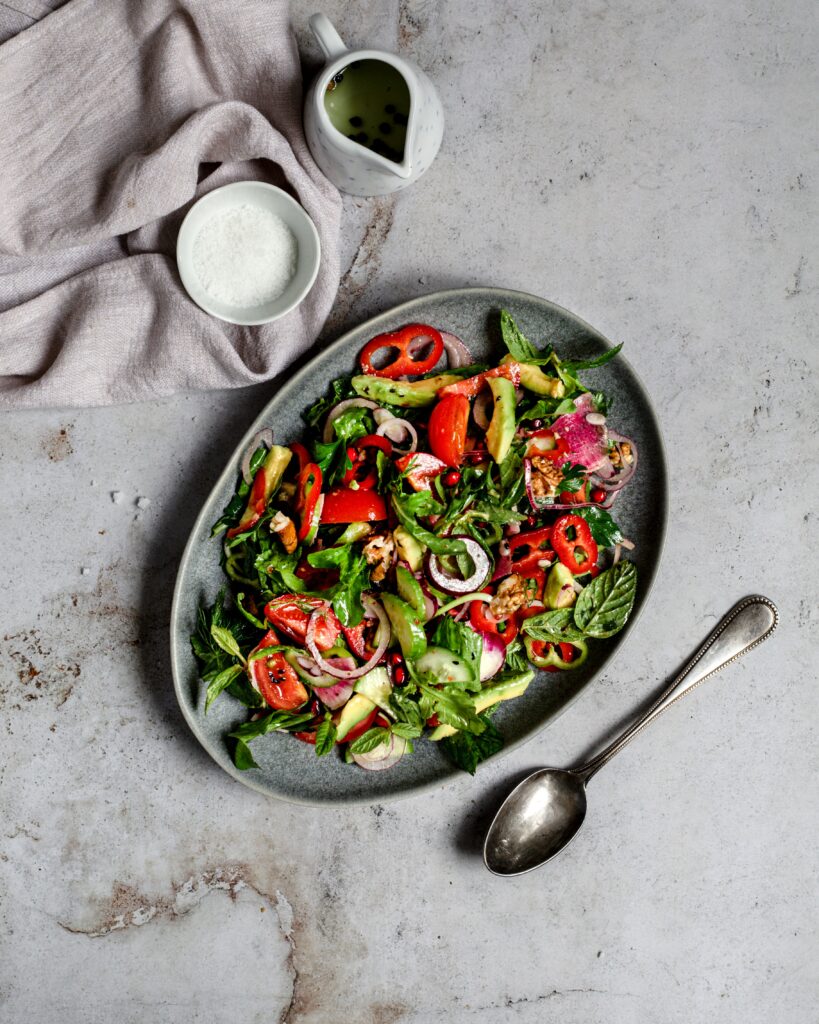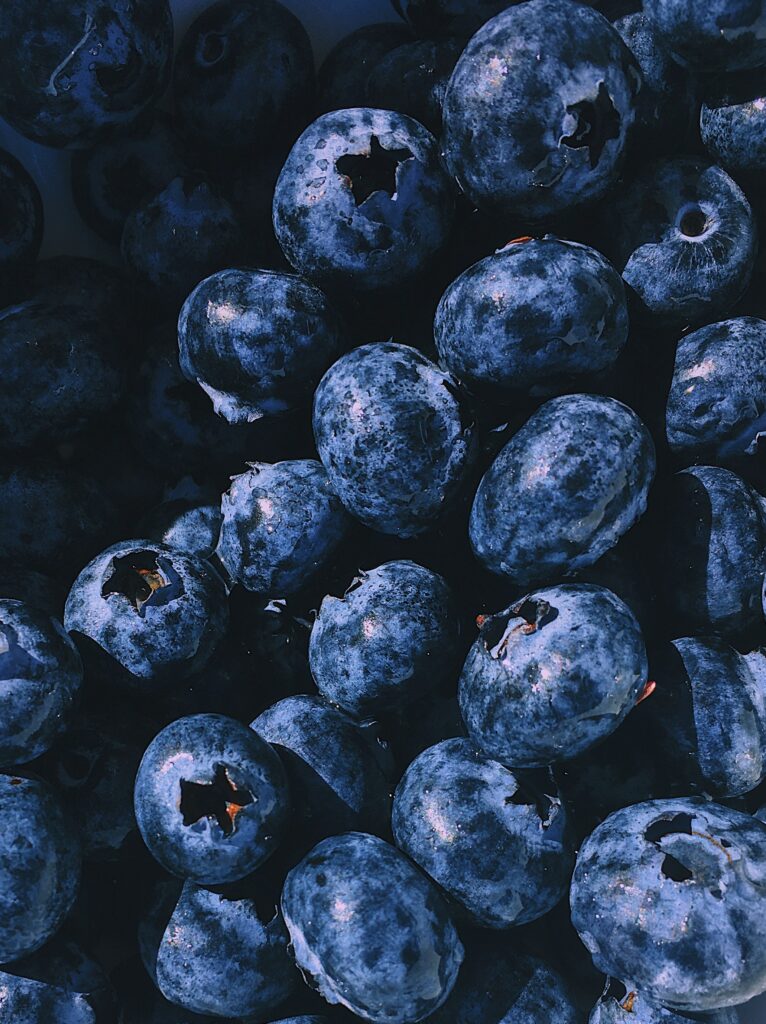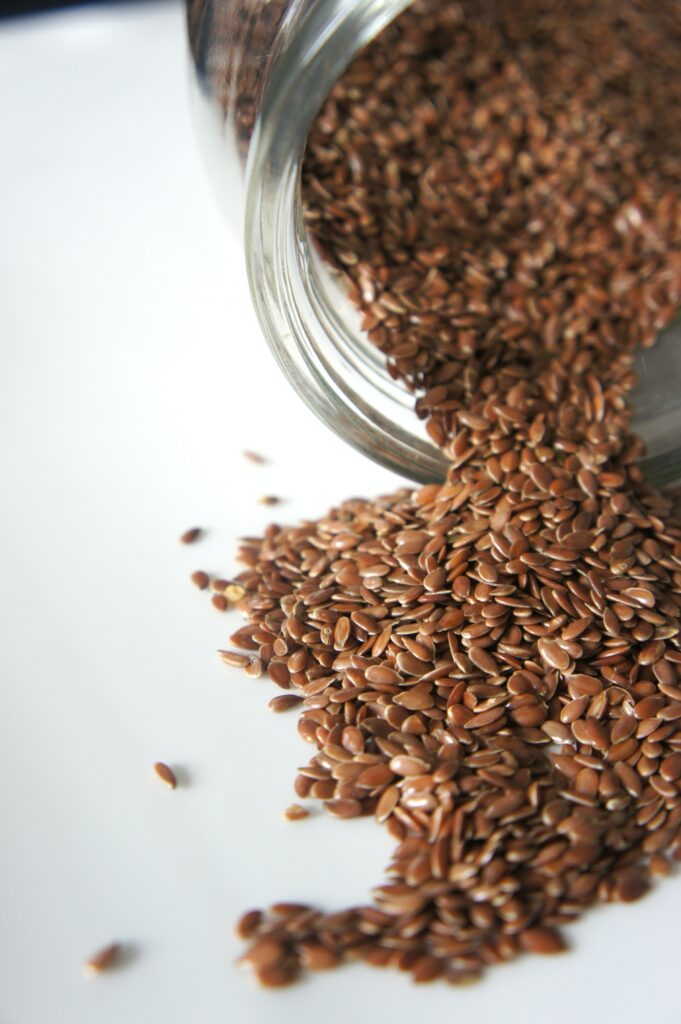Fiber is an essential nutrient that plays a crucial role in maintaining a healthy digestive system. However, for people with Irritable Bowel Syndrome (IBS) or other gastrointestinal disorders, consuming too much fiber can cause discomfort, bloating, and gas. That’s where low FODMAP fiber sources come in.
A low FODMAP diet is a dietary approach that restricts certain types of carbohydrates that are poorly absorbed in the small intestine. By identifying which FODMAPs are triggers, people with IBS can often manage their symptoms more effectively.
However, it’s essential to ensure that you’re still getting enough fiber in your diet, even if you struggle with digestive issues. In fact, including a wide variety of high fiber foods (aka plant foods) in your diet is particularly important if you have digestive or gut health issues. Fortunately, there are plenty of high fiber low FODMAP foods that can be included in your diet. In this article, we’ll explore the benefits of a high fiber low FODMAP diet and provide a comprehensive guide to low FODMAP fiber sources.
Benefits of a High Fiber Diet

Fiber truly is the foundation of a gut healthy diet. It is important to add more fiber into someone’s low fodmap diet because fiber directly boosts digestive health, further supporting the gut health crisis of those who follow a low fodmap diet. A high fiber diet offers numerous benefits, including:
- Insoluble fiber can improve the gut microbiome by feeding it prebiotics, otherwise known as food for our healthy gut bacteria (2)
- Fiber helps to promote regular bowel movements and prevent constipation.
- Soluble fiber has been shown to help reduce the risk of colorectal cancer and it improves blood cholesterol levels, promoting heart health (3)
- Fiber has anti-inflammatory properties that can help to reduce inflammation in the gut.
- Fiber helps you feel full and satisfied, which can prevent overeating and aid in weight management.
Low FODMAP Fiber Sources
Now that we have established the benefits of a high fiber diet, it’s important to recognize that the low FODMAP diet is notoriously low in fiber. This is because so many high fiber foods – including beans and legumes, certain fruits and nuts, cruciferous vegetables, as well as wheat – are all restricted.
The good news? Thankfully there are some delicious and low FODMAP foods available that are still high in fiber. Here are some of the best low FODMAP fiber sources, broken down by food group:

Fruits:
- Berries: strawberries (fibre: 2.2 g per 100g), raspberries (fibre: 6.5 g per 100g), blueberries
- Citrus fruits: oranges (fibre: 1.8 g per 100g), lemons, limes
- Kiwi
- Pineapple
- Grapes
Vegetables:
- Leafy greens: spinach, kale, arugula
- Bell peppers
- Carrots (fibre: 3 g per 100g)
- Tomatoes
- Zucchini
Grains:
- Oats (fibre: 2.0 g per 100g prepared)
- Quinoa (fibre: 2.8 g per 100g prepared)
- Brown rice
- Buckwheat
- Millet
Nuts and Seeds:
- Almonds
- Chia seeds
- Flaxseeds (fibre: 27.3 g per 100g, ground )
- Pumpkin seeds
- Sunflower seeds
Legumes:
- Lentils
- Chickpeas
- Black beans
- Kidney beans
- Edamame
You may or may not know that fruits and vegetables are amazing sources of fibre. Plant walls are primarily composed of a fibrous material called cellulose. Although the low fodmap diet restricts many fruits and vegetables, you can take advantage of the produce it promotes. Some of my favourite low fodmap fruits are melon, banana, oranges, grapefruit, kiwi, strawberries, and papaya.
Surprisingly, one of the highest sources of low FODMAP fibre (!) is not a fruit or a vegetable, but ground flaxseed. Add more flaxseed into your diet by adding it to smoothies, mixing it in yogurt, or substituting eggs for a flax egg in your baking.

Flax egg recipe (5):
Add 1 tablespoon of ground flaxseed to 3 tablespoons of water in a dish. Just wait 5 minutes for it to thicken and it is ready!
Baking flour substitute with flaxseed (5):
10-20% of flour in baking can be replaced with ground flaxseed. To warn you though, baking with flaxseed tends to cause baked goods to become drier and chewier.
If you experience this, you can try to remedy it with adding more liquid or using whole flaxseeds (soak in the baking liquids for 30 minutes).
Conclusion
There’s no doubt-about-it, following a low FODMAP diet will inevitably make it harder to hit your recommended fiber intake (I recommend >30g per day fiber intake for all adults, and ideally even higher). However, that doesn’t mean it’s impossible! You just might have to be a bit more intentional about it. Meal planning and being strategic about selecting high fiber low FODMAP options from the list above can be very helpful. Aim to include a high fiber food at each of your meals and snacks. If you’re struggling with digestive issues, IBS symptoms or the low FODMAP diet, contact us or book an appointment – we can help!
References
- https://pubmed.ncbi.nlm.nih.gov/21332763/
- https://pubmed.ncbi.nlm.nih.gov/32073295/
- https://ift.onlinelibrary.wiley.com/doi/abs/10.1111/j.1541-4337.2009.00099.x
- Health Canada. Canadian Nutrient File – Food search guide [Internet]. Ottawa, Ontario: Health Canada; March 1, 2023 [cited July 5, 2023]. Available from: https://food-nutrition.canada.ca/cnf-fce/?lang=eng
- https://www.bobsredmill.com/blog/recipes/how-to-replace-eggs-and-fat-in-recipes-with-flax-and-chia/



Leave a Reply